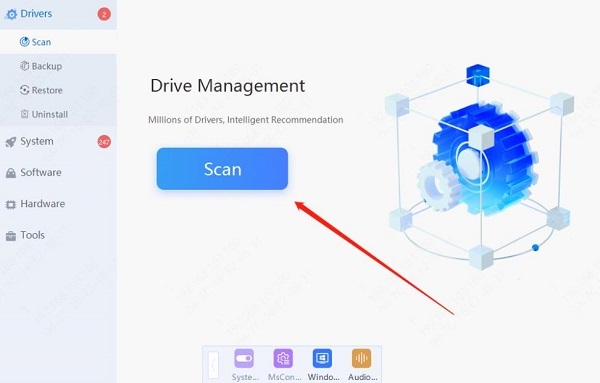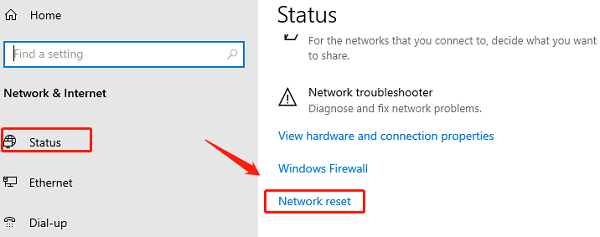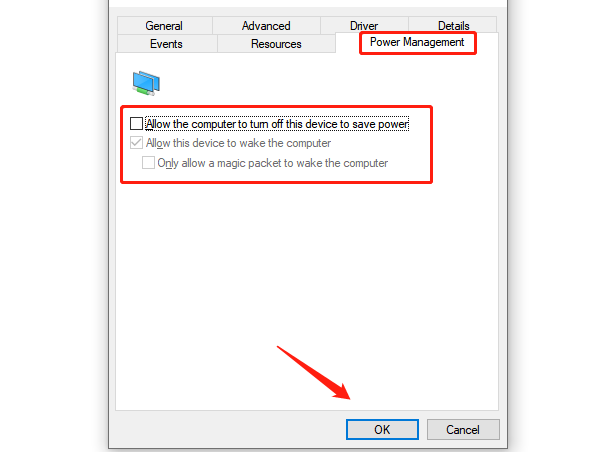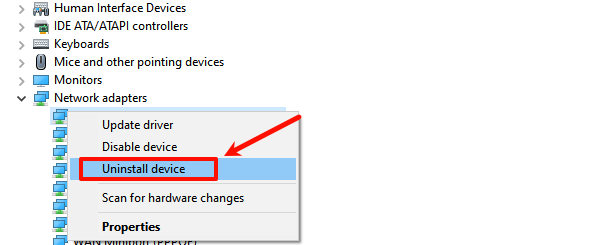
Many users may experience an unresponsive wireless network adapter, disrupting both work and entertainment. This article offers several effective methods to resolve the issue and restore your network connection.
Method 1: Check Network Connection
Ensure your computer is connected to the correct Wi-Fi network. Click the wireless icon in the taskbar, check available networks, and enter the password if necessary.
Restart your router or modem by turning it off, waiting 10 seconds, then turning it back on. Reconnect afterward.
Use an Ethernet cable to directly connect your computer to the router to check if the internet works, ruling out wireless issues.
Visit your internet service provider's website to check for any outages or maintenance updates.
Method 2: Update the Wireless Network Adapter Driver
Outdated or corrupted wireless drivers are a common cause of unresponsiveness. Updating the driver can often solve the issue. It's recommended to use Driver Sentry for automatic driver detection and updates, saving time and avoiding incorrect installations.
Download the latest version of Driver Sentry, install it, and open the software. Click "Scan".

After scanning, find the wireless network adapter driver in the list and click "Update".
Once the update is complete, restart your computer to ensure the driver works properly.
Method 3: Reset Network Settings
Press Windows + I to open "Settings", then click "Network & Internet".
Scroll down on the "Status" page and click "Network Reset".

On the network reset page, click "Reset Now" and follow the prompts to restart your computer.
After resetting the network, you will need to re-enter your Wi-Fi password to reconnect.
Method 4: Check Your Computer's Wireless Switch
First, check if your laptop has a physical wireless switch (usually on the side or near the keyboard). Ensure it's turned on.
Some laptops use keyboard shortcuts to enable or disable wireless functions. A common combination is Fn + F2, Fn + F3, or another function key with a wireless icon. Press this combination to see if wireless functionality is enabled.
Method 5: Check Power Management Settings
Press Windows + X and select "Device Manager".
In Device Manager, expand "Network Adapters", right-click the wireless network adapter, and select "Properties".
Click the "Power Management" tab, uncheck "Allow the computer to turn off this device to save power", then click "OK".

After making these changes, restart your computer to see if the issue is resolved.
Method 6: Reinstall the Wireless Network Adapter Driver
Press Windows + X and select "Device Manager".
In Device Manager, expand "Network Adapters", right-click the wireless adapter, and select "Uninstall device".

After uninstalling, restart your computer. The system should automatically reinstall the wireless adapter driver.
If the driver isn't automatically reinstalled, visit the manufacturer's website to download and install the latest driver.
Method 7: Update Windows
Press Windows + I to open "Settings", then click "Update & Security".
Under the "Windows Update" tab, click "Check for updates". The system will search for and install any available updates.

If updates are available, click "Install", and restart your computer after the updates are complete to ensure changes take effect.
Method 8: Check for Hardware Faults
Insert the wireless network adapter into another computer to see if it works. If it doesn't work on another device, the adapter may be faulty.
If your built-in wireless adapter is damaged, consider using a USB wireless adapter as a temporary solution.
If the wireless adapter hardware is faulty, it' s recommended to contact a professional technician for repair or replacement.
These methods can help fix unresponsive wireless network adapter issues. If the problem persists, seek professional help. Regular driver and system updates can prevent future problems and maintain stable connectivity.
See also:
Effective Methods to Resolve Windows Driver Issues
How to Quickly and Safely Update Your Graphics Drivers